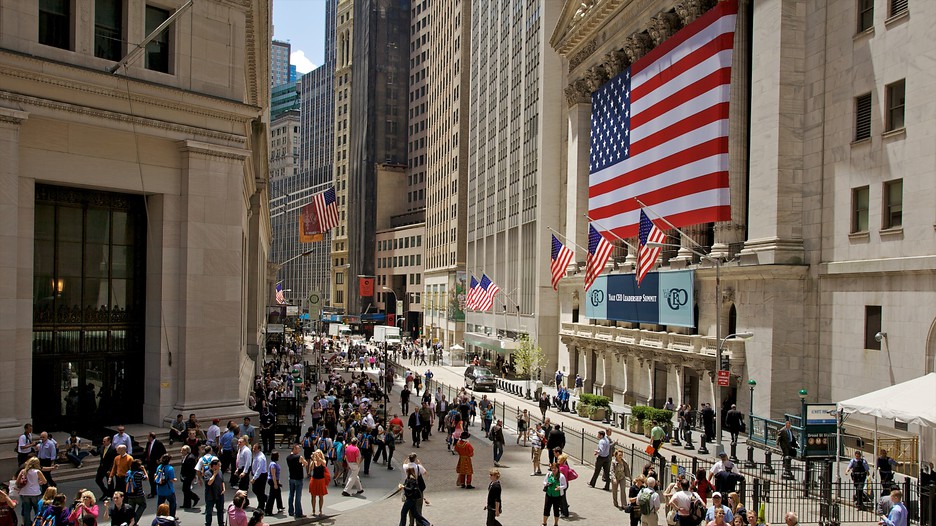The stockbrokers met under a Buttonwood tree and signed the famous Buttonwood Agreement. The agreement, among other things vouched for the formation of a centralized securities market in the US. The agreement set a commission rate and eliminated the need for auctioneers who controlled and monopolized commodities trading involving wheat, tobacco and other farm produce. On 8th March 1817, the name New York Stock Exchange was adopted from the broader New York Stock Exchange Board. The exchange traded in government bonds and bank stocks for most of 1800’s. It did not take long for NYSE to surpass the Philadelphia Stock Exchange, the first in the US as the largest financial center of the US.
Trading at NYSE was enhanced with the introduction of telegraphic communication technology in the buying and selling process. At the onset of the American civil war, participation in the market was buoyed by the discovery of various minerals including Gold in California. The exchange moved to a historical building at 11 Wall Street in 1895. The telephone communication installed in the building made it easy for investors to talk directly to brokers to discern their trades. The term Wall Street is widely used today to refer to the New York City financial district. The 8 block street runs from South Street all the way to Broadway. Aside from the NYSE, the other markets based here include NASDAQ, NYMEX and AMEX among others.
According to Stock Market Laws, the early history of Wall Street can be traced to 1626 when Europeans began settling in the lower Manhattan area of NYC. Many historians believe the name was derived from the earthen walls that were laid to mark the boundaries of New Amsterdam Settlement. The wall was built by the Dutch to protect their settlements against attacks from Native Americans, the British and the pirates from the deep sea. Owing to its strategic importance, the Wall Street area soon became a center of commerce, attracting hordes of traders within and outside the city boundaries. As earlier stated, Wall Street was formalized as the location of the New York Stock Exchange in 1972 following the Buttonwood Agreement.
In 1789, the street was chosen as the site for the inauguration of the first US president George Washington. The other important early development was the unveiling of the Erie Canal at the beginning of 1800’s. The move catapulted Wall Street into a booming trading center and preferred port of call. Because of these trappings and additional investments made over the years, New York City stands out today as the most powerful city economically and leading financial capital of the world. NYSE also remains the largest IPO provider in the world. Most of the industries represented in the exchange come from financial services, consumer’s goods, healthcare, oil & gas, pharmaceuticals, beverages, telecommunication and technology.
In terms of architecture, an excerpt on Wikipedia reveals that the most dominant style of construction was rooted in the Gilded Age along with strong Art Deco influences. Lower Manhattan is divided into 3 main districts; the financial district, seaport and south of the World Trade Center. Some of the landmark buildings that don Wall Street today include; The Trump Building, 55 Wall Street, the Federal Hall National Memorial building, the Deutsche Bank Building and the NYSE building. On broader economic terms, statistics indicate that in 2008 close to 200,000 people were employed by Wall Street firms. Another statistics released in 2006 showed that close to 10% of the city’s workforce and 31% of the tax base was derived from the financial services industry.

